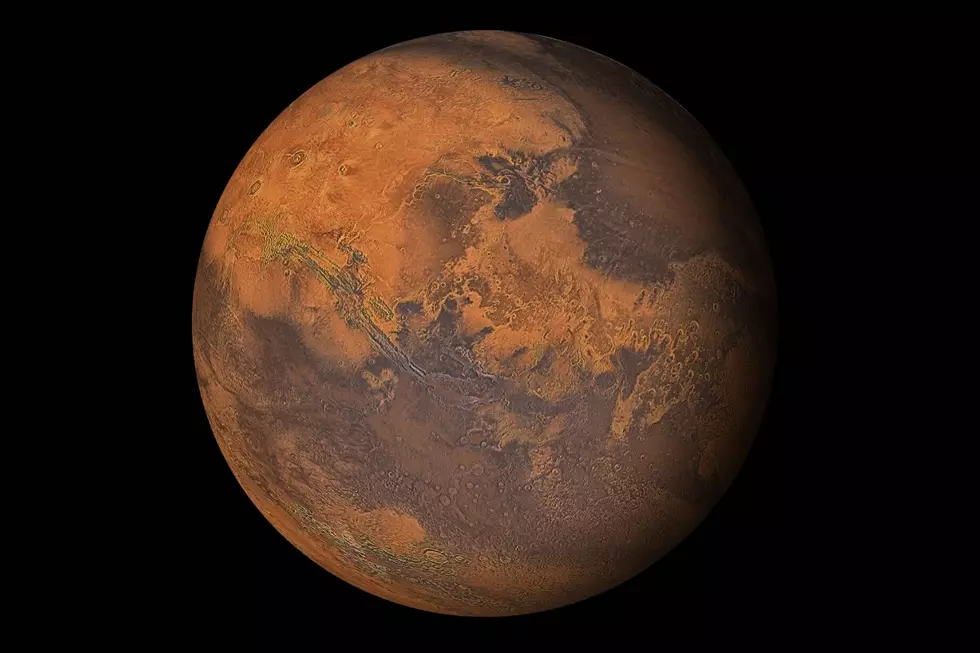
SouthCoast Might Enjoy Rare Blue Supermoon if Nature Cooperates
You may want to look up in the sky tonight (Aug. 30) as it might clear just in time to catch a glimpse of the rare blue supermoon.
We all know the saying about things that happen only "once in a blue moon." Well, that moon is tonight. So, what's the science behind this supermoon? No, the moon will not turn blue. A supermoon happens when the moon appears full during its closest pass to our planet. This "blue" supermoon is the second supermoon we're getting this month.
Some other differences with this moon is that it will appear pretty large in size and brighter than most other full moons. The next time this will happen is May 2026.

So, what's the deal to catch the moon tonight? Well, if Mother Nature cooperates the sky could clear up just in time for us to see it pretty clearly in Massachusetts and Rhode Island. The best time to view the moon should be 9:36 p.m. If you happen to be outside around 8:42, you can also look up and catch a glimpse of Saturn.
If you catch a glimpse snap a picture and send it to us on the Fun 107 app. I know it's hard to capture how awesome this stuff really looks in person but we'd still love to see, especially since this type of thing only happens, well, once in a blue moon.
These Stunning Images of the Harvest Moon Are Almost Too Good to Be Real
LOOK UP: 10 Spots on the SouthCoast to Stargaze
LOOK: 31 breathtaking images from NASA's public library
More From WBSM-AM/AM 1420








![Happy Birthday, Universe! [PHIL-OSOPHY]](http://townsquare.media/site/518/files/2020/04/RS31519_GettyImages-898660948.jpg?w=980&q=75)
